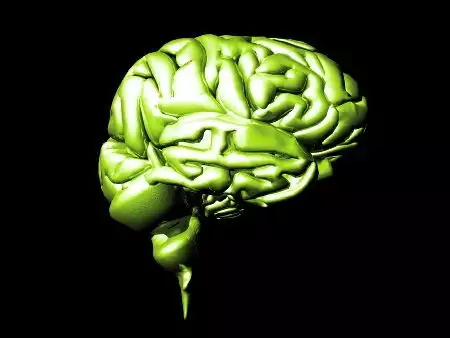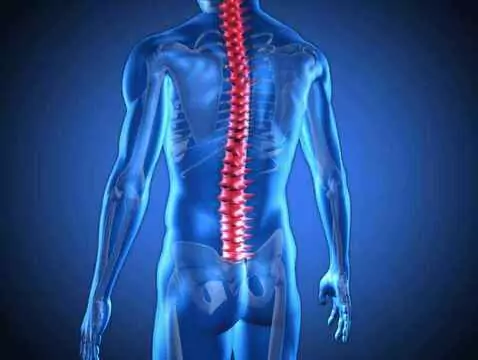Cerebrovascular diseases are a group of conditions in which the brain is permanently or temporarily damaged by bleeding or ischaemia.
They are one of the most significant problems in modern medicine, as they are the third most common cause of death and disability.
Epidemiology of cerebrovascular diseases
Cerebrovascular diseases mainly occur in the elderly, but about 25 % of cases occur in people before the age of 50, with an incidence of about 100 to 300 cases per 100 000 per year. Among children, vascular diseases of the central nervous system are encountered at different age ranges, and the incidence is estimated at 2 to 13 cases per 100 000 healthy children. They usually result from trauma and meningitis.
Causes of cerebrovascular disease
The sudden onset of focal symptoms associated with brain damage is caused by a disruption of cerebral circulation and is referred to as a stroke. Stroke may be ischaemic or haemorrhagic and may be caused by a cerebral haemorrhage, thrombus or embolism of the cerebral arteries. It is assumed that 80-85% of strokes are ischaemic and about 15-20% are haemorrhagic.
The most common causes of brain damage of vascular origin are hypertension, atherosclerosis and cardioembolism.

photo ojoimages
Other risk factors include:
- arteritis, in the course of AIDS, syphilis or systemic lupus
- trauma to the cerebral arteries
- aneurysms and arteriovenous malformations
- complications after angiography
- migraine
- certain blood diseases
- oral contraceptives, amphetamine, overdose of anticoagulants
In addition to these risk factors, lifestyle and environment also influence the onset of cerebrovascular disease. Above all, chronic nicotinism, heavy alcohol consumption, obesity, a diet high in animal fats and low physical activity have an adverse effect.









